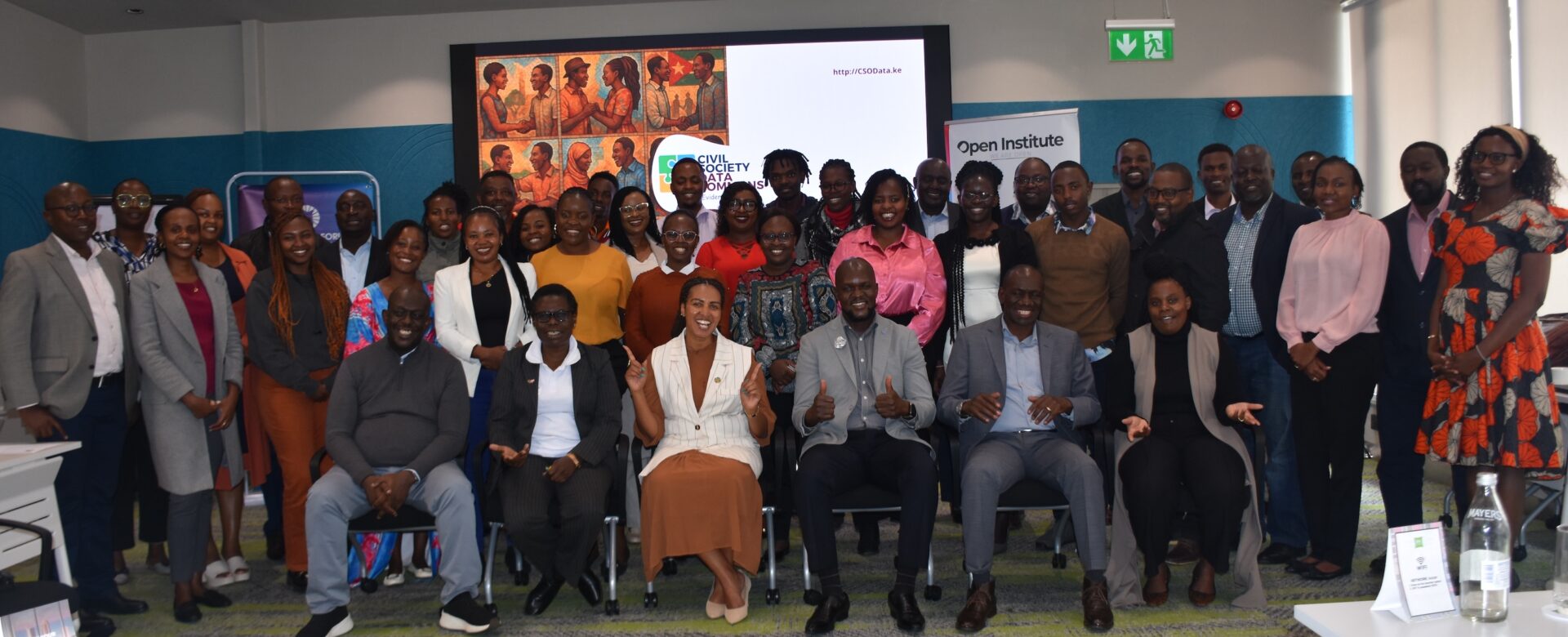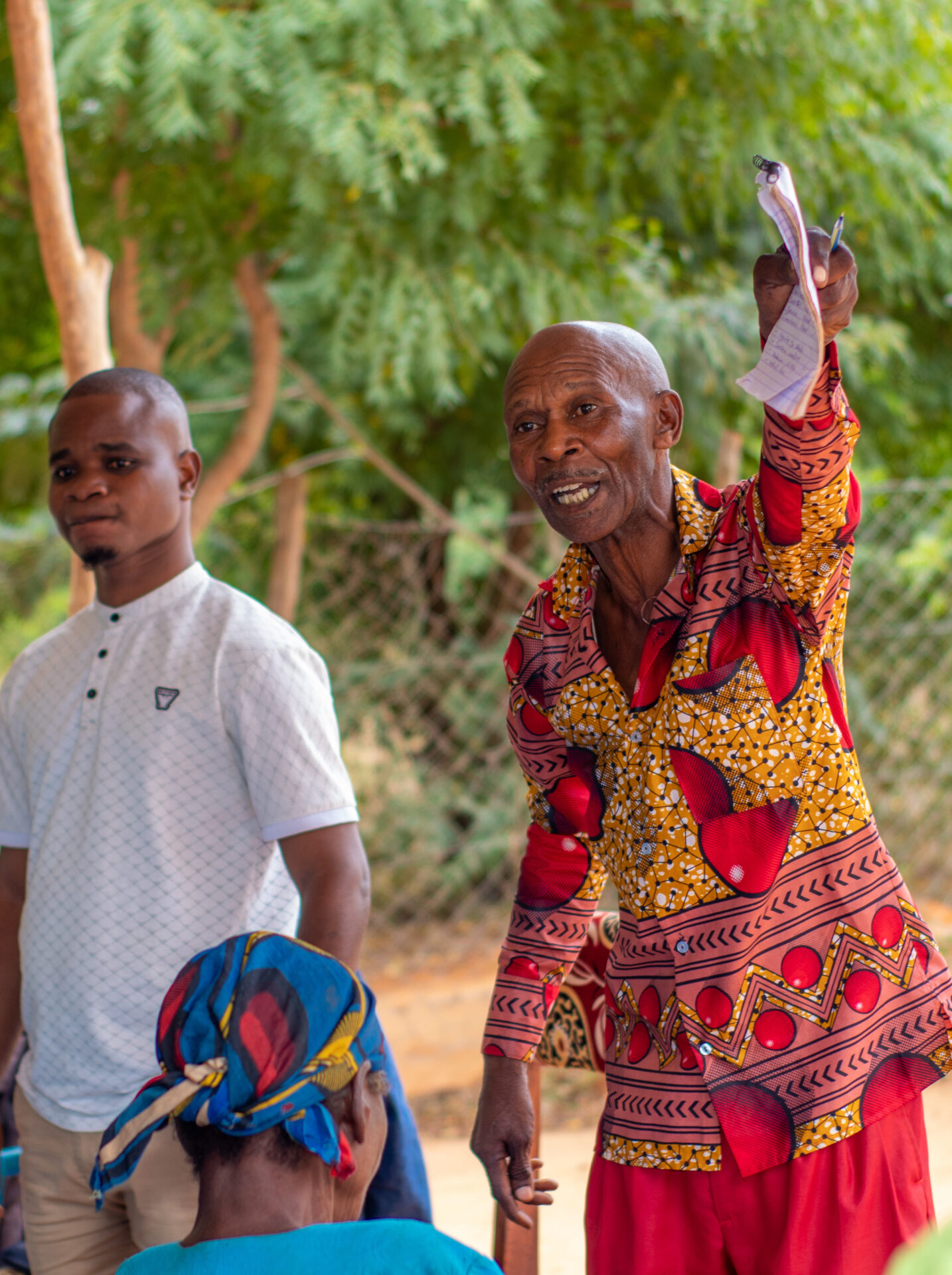Today I attended a meeting organized at the Ford Foundation offices by the Global Partnership for Sustainable Development Data. The major part of the conversation was to consider the recommendations made by the Friends of the Chair of the UN Statistics Commission on Non-Traditional Data. How do we get Citizen Generated Data to be trusted (and therefore used, I suppose) by governments and other development actors?
I was in eminent company (from my left): Mr Zachary Mwangi, the Director-General of KNBS, Ms Minerva Eloisa P. Esquivias, the Assistant National Statistician for National Censuses Service (NCS) of the Philippine Statistics Authority (PSA) and Papa Seck, the Chief Statistician at UN Women.




My contribution in the panel conversation was restricted by time – I was only given three minutes within which I could speak – and so I feel compelled to put it all down here for whatever it is worth. Had I been given more minutes, the following are the key points I would have wished to raise.
Purpose matters.
The reason why a particular set of Citizen Generated Data is collected varies by community or village and by the purpose. But the most important distinction to pay attention to is this. If we take “Leave No One Behind” literally, as opposed to taking it as a philosophical notion, then Citizen Data really matters because it invariably tries to count everyone concerned.

Light scoff at Homogeneity
One of the biggest lessons that we have learnt (and I think I cannot stress this enough) is that villages and communities are not the same – even when they neighbour each other. People’s needs and priorities are not homogenous in many ways. This is the main pitfall for how development is generally done currently, in our view. Essentially governments and development Organisations look at problems in their most global lenses and apply budgets without nuance. Therefore their appetite for statistics is often without nuance and does not consider the specific context of the problem. The net impact of this is sustainability is often not assured.
The argument I am proffering is this: for the sustainability of development solutions to be assured, then it has to be owned by the community or the persons concerned. For them to own the solution, then it has to take due note of their specific circumstances. I am reminded of a story that is often told in development circles of the well-meaning development partner who went to a village, found the women having to walk many kilometres to the river every morning to fetch water for their families. The partner then built a borehole in the village centre near their homes so that they could save time. The women did not use it and even sabotaged the project the story goes. Why? Because they use the time by the river to socialize and enjoy each other’s company.



Villages and communities are not the same – even when they neighbour each other.
Therefore while it was true that the village was doing badly as far as indicators for SDG 6 on water and whereas the women spend much time away from being ”productive”, the solution did not meet the community at their point of need.
Our specific experience is that we have found that even while working with citizens in the same county (Kenya’s equivalent of a state, for the uninitiated), there is a wide range of needs and priorities that vary from village to village. If one took the example of Taita Taveta county – in the same county, one finds ardent farmer communities and vast communities of committed (mostly youthful) artisanal small scale miners. The needs and priorities of these two sets of people align generally – better education for their kids, access to water and health etc. When you look deeper, you find that a clinic built in each of these communities will have a very different skill set and supply need – in one, cases of respiratory diseases will prevail and in another, congenital conditions are more likely (given the relative average age of farmers in Kenya).
Government relations on CGD.
There is a real chasm between the fundamental usage of CGD at citizen level and its potential uptake in government (because of the variety per community) but there is a real opportunity for CGD to give colour or nuance to statistical information in ways that will greatly aid development. To make this a reality, the consistent engagement between National Statistical Offices and other stakeholders is crucial.
Perhaps more crucial than this is that we must consider the extent to which government should use or take on Citizen Generated Data. Does the government need Citizen Data for statistics are they are currently constituted? Most likely not. If the government, however, resolved to innovate its purpose for using statistics – maybe even defining what its arena for implementing development activities will be – then citizen data is likely to become progressively more useful. Citizen Generated Data as we know it right now is most useful to local governments and not so much for national governments.
What we do know is that government – specifically NSOs are particularly crucial in establishing standards for Citizen Generated Data. For this, it would be important for them to publish and widely disseminate widely guidelines for what citizen-generated data must have for it meet the credibility test.
Even before we do that, we must call upon National Statistical Offices to publish a simplified checklist that essentially tells citizen groups and civil society Organisations (who are most assuredly not likely to be statisticians or data scientists) what processes and controls they must go through for data to be of acceptable quality. The basic principles are enough to start with.
We were happy to hear the Kenya National Bureau of Statistics, Director General, Mr. Zachary Mwangi stress the need for engagement and to himself commit to strengthening engagement with non-state actors for this specific outcome. We will support the Kenya government and others to achieve these basic standards.













